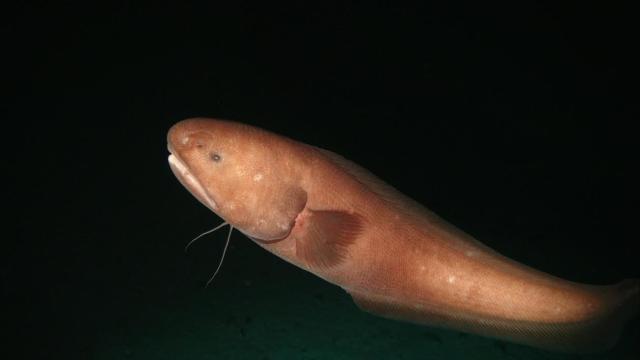It doesn’t have towering canopies or jewel-toned corals, but an enormous region of the eastern Pacific that was long considered a biological wasteland is proving to be anything but. New research reveals that the Clarion Clipperton Zone (CCZ), which is being prospected for deep ocean mining, is teeming with never-before-seen forms of life.
An unidentified fish from the family Ophidiidae discovered in a recent survey of the Clarion Clipperton Zone. Image: Diva Amon and Craig Smith, University of Hawai’i at Mānoa
Blanketing some 9 million square kilometres between California and Hawaii, the seafloor of the CCZ is one of the most poorly understood ecosystems on Earth. At depths of roughly 4000m, it’s a monotonous, pitch-black abyss featuring crushing pressures and temperatures just a few degrees above freezing.
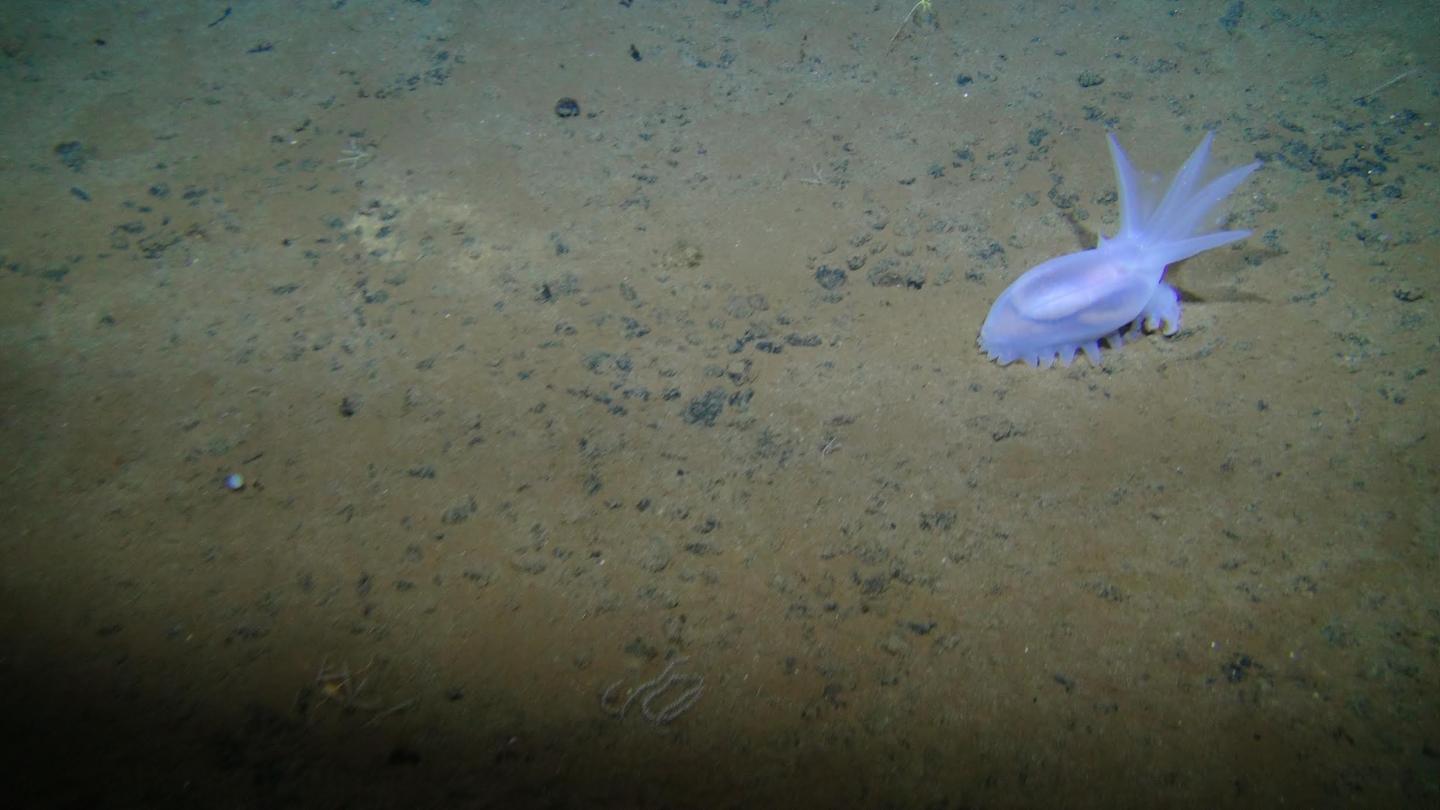
An Amperima holothurian sea cucumber in a bed of manganese nodules. Image: Diva Amon and Craig Smith, University of Hawai’i at Mānoa
There is, however, one alluring aspect of the CCZ: Vast beds of metallic, potato-sized rock concretions, called manganese nodules. Since the 1970s, people have dreamt of mining these nodules for nickel, copper, cobalt and more exotic metals. Today, it’s estimated that 13.6 million tonnes of rare earths — hard-to-get metals that make our technology lighter, faster and better performing — are locked away on this forgotten patch of seafloor.
An emerging deep ocean mining industry is now clamouring to tap the CCZ, with more than a dozen companies holding exploration permits under the International Seabed Authority. But the critical question of what sorts of life forms we’d be blasting to bits for iPhone parts has never really been answered. “We can’t manage what we don’t understand and we can’t protect what we don’t know,” said Diva Amon, a biological oceanographer at the University of Hawaii at Manoa.
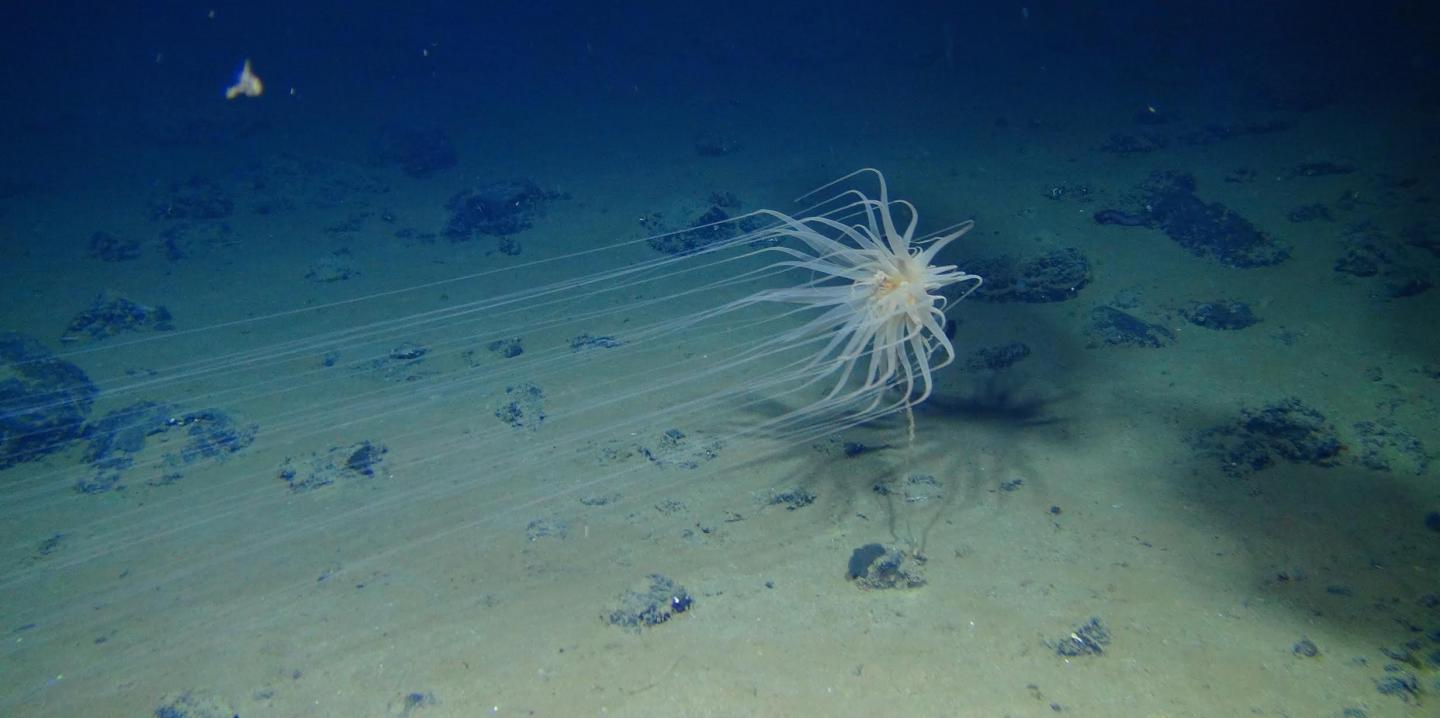
A brittle star seen in a field of manganese nodules. Image: Diva Amon and Craig Smith, University of Hawai’i at Mānoa
Amon is a member of ABYSSLINE, a team of scientists recently contracted by the mining company UK Seabed Resources Ltd to perform biological baseline surveys in the eastern portion of the CCZ. ABYSSLINE’s first results, published today in Scientific Reports, suggest that far more work is needed to get a handle on the diversity of this mysterious world.
In a survey conducted with an ROV in 2013, Amon and her collaborators imaged a 900 square kilometre region of the CCZ to evaluate the abundance and diversity of large animals. Careful study of the photographs revealed an ecosystem rife with suspension feeders like corals, sponges and anemones, as well as deposit feeders like brittle stars and sea cucumbers.
“At first glance, the abyssal environment doesn’t seem to have a lot of animals,” Amon said. “The stereotype is that it’s like a desert. We’re finding that’s not the case at all.”
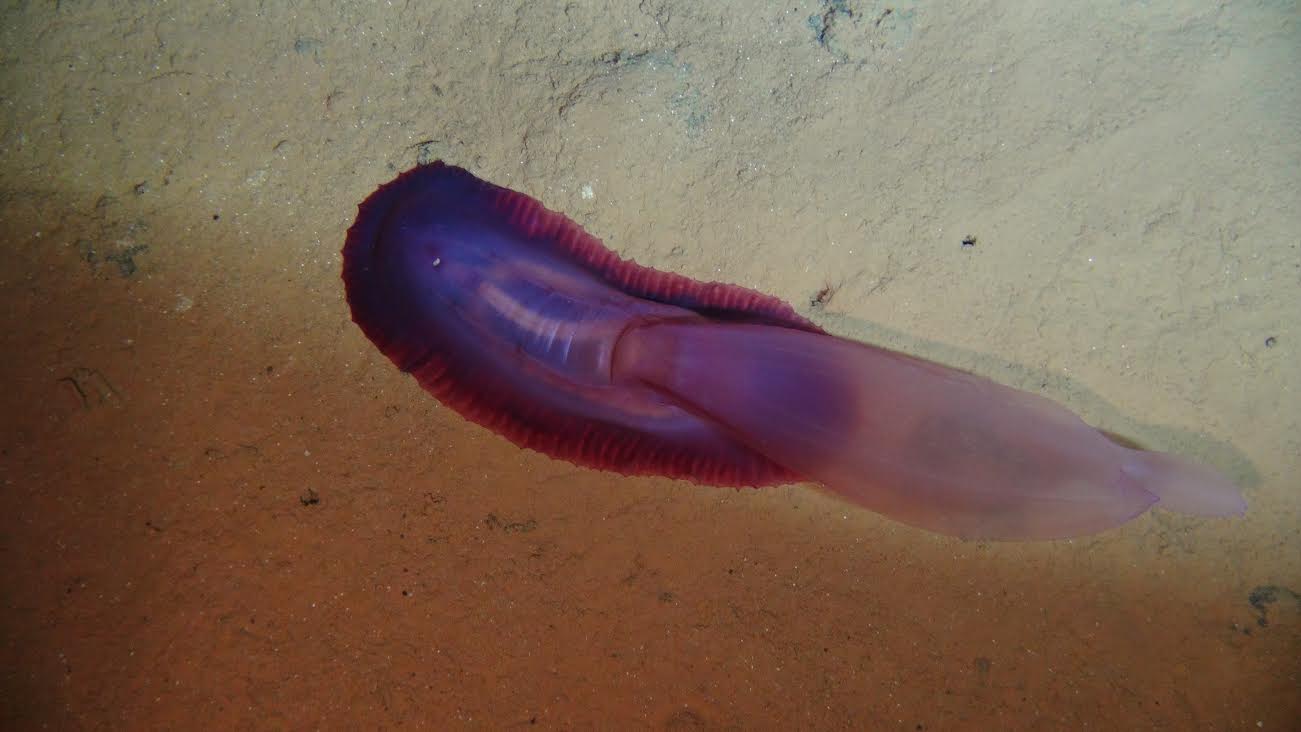
The purple sea cucumber Psychropotes semperiana. Image: Diva Amon and Craig Smith, University of Hawai’i at Mānoa
During its 2013 survey, the ROV also collected 12 specimens. Of those, seven were previously unknown to science, with more than a quarter representing not just new species, but new genera. “This just points to how much more work needs to be done before we can make any statements about conservation,” Amon said.
The unexpectedly high diversity of the CCZ could be a direct result of the manganese nodules, which many organisms use as an attachment surface. In most other abyssal environments, there’s nothing but mud on the seafloor, making it hard for sessile creatures to gain a foothold.
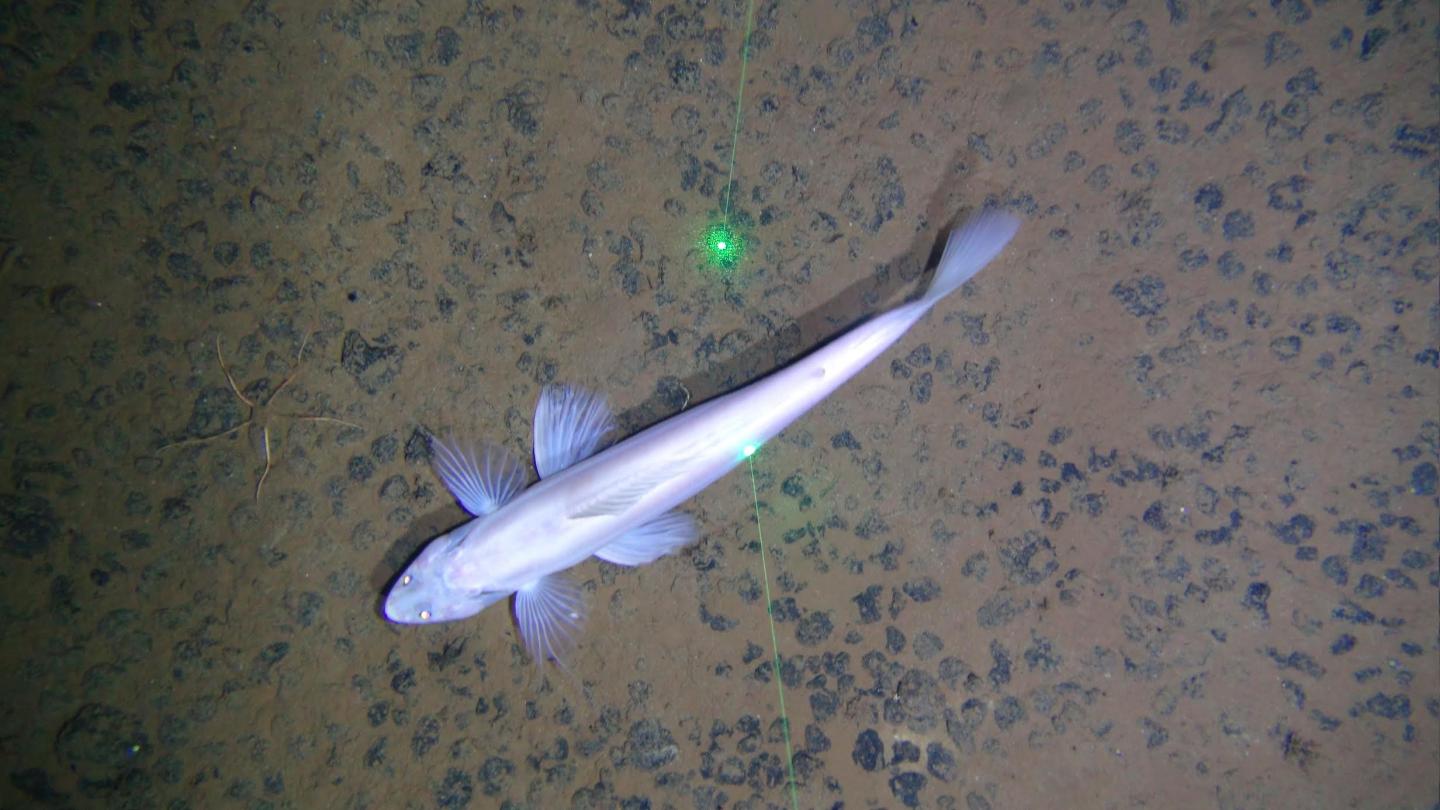
The fish Bathysaurus mollis and a brittle star seen in a manganese nodule bed in the Clarion Clipperton Zone. Image: Diva Amon and Craig Smith, University of Hawai’i at Mānoa
The researchers are currently analysing the results of a second survey conducted in 2015, and hope to send two more expeditions into the CCZ within the next few years. Other members of the ABYSSLINE team are studying the seafloor’s microbial communities, and performing DNA analyses to place new life forms on the evolutionary tree. Once the baseline survey is complete, scientists will be in a better position to tell mining companies how they can mitigate their environmental impact.
At this point, no ecosystem on Earth is pristine — the deepest part of the ocean is accumulating garbage, and the most remote islands are losing shoreline to sea level rise. But the CCZ is one of the most unspoiled environments we’ve got left. If we can figure out how to protect it before we start exploiting it, we owe it to nature to do so.
